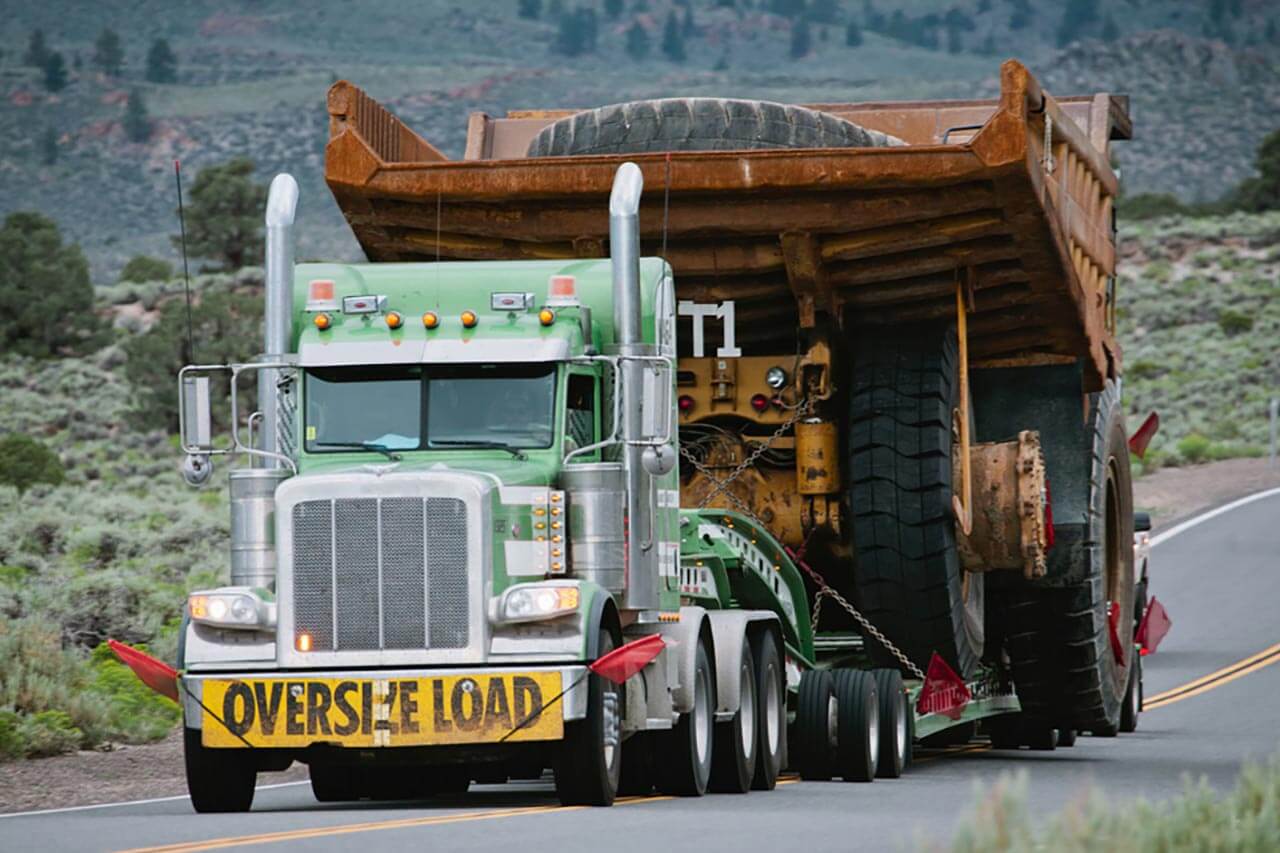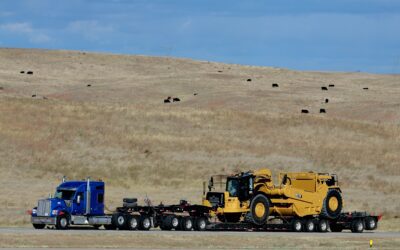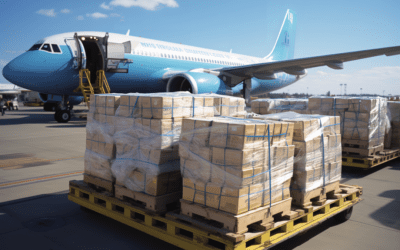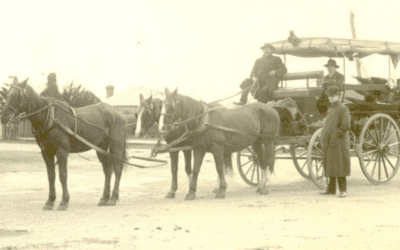Most individuals have been on a road trip and struggled to veer around a truck. Especially with a large sign indicating that an “oversized load” is approaching. These loads can vary from mobile homes to the wings of an airplane. This begs the question, what qualifies as a normal oversized load, and what qualifies as an over-dimension (OD) load?
Article Overview
What is the criteria for an Over-Dimension Load?
An OD load is as it sounds, cargo with dimensions that exceed the platform that it is being carried on. For example, KCH Transportation moves many flat-bed shipments. If the surface of the flatbed is 53 feet in length and 8.5 feet in diameter it is normal. However, if the shipment size is 54 feet in length and 13 feet in diameter it will qualify as an OD load. The maximum legal height of cargo moving in the U.S. is 13.5 to 14.5 feet. The legal width associated with the width of most lanes across the country at 8.5 feet. Cargo that exceeds these parameters is also classified as over-dimensioned freight. It is also required to have a permit.
Different permits are not required for each individual dimension, (i.e., one for the height and one for the length). Depending on the state that the shipment is being moved across, one permit won’t cut it. However, there are “blanket permits,” which can cover multiple permits across a state. These may require several different permits in different cities.
Blanket Permits
If a shipment is being transported across state lines, this is where multiple permits or multiple blanket permits will come into play. Carriers that operate out of a specific region obtain blanket permits across each of those states. This is to refrain from any issues when on the road.
Some states, along the east coast and in the upper Northeast, can have more regulations than others. In these cases, it can take up to two days to issue a permit. Resulting in pushing back the delivery time to a minimum of 48 hours.
Any cargo standing higher than the national legal limit places it into a different category of its own. Products shipped that are over 16 feet are “super status.” However, there are exceptions to the criteria of this classification. For instance, in Florida, the qualifications to become super status is one foot less at 15 feet. Florida is also the only exception east of the Mississippi River that does not have a height limit on cargo of 13 feet.

Vehicle Escort
There is rarely a scenario where these over-dimensional loads are not accompanied by escorts or “pilots.” They’re positioned in the front and/or the back carrying the “oversized load” sign and act as the driver’s eyes on the road. This is where the bright yellow lights, flags, and warning signs are visible.
In case you didn’t notice a 130,00 lbs. military tank coming at you. Much of every third-party carrier that moves oversized loads is going to provide their own escorts. They will either outsource or work for them. All these factors are considered when negotiating a rate of pay. Brokers pay an all-in rate for these loads, and it is never as simple as looking up the rate for a dry van lane in DAT.
Super Status Oversized Load
Most states require an escort if the load is at least 12 feet wide. However, if the cargo exceeds 16 feet and is a super-load, it may be required to have two. This all comes down to each state’s regulations. These pilots are usually in direct communication with the driver of the oversized load. This prepares them for any other drivers on the road that may be accelerating into the truck driver’s blind side.
For any cargo shipped that is in the super status category for height, a high pole, or a height pole, an escort may be necessary. The escort would travel as the front load escort vehicle to determine the clearance of overhanging structures.
The pole needs to be flexible to withstand high speeds and/or impact. It also needs to be non-conductive. Due to the possibility of driving through a thunderstorm — and does not need to interfere with the vehicle’s airbag system.
Oversized Safety
As the most important factor of any operation, safety regulations are a major concern to protect all drivers on the road from injury.
In 2002, the Federal Motor Carrier Safety Administration (FMCSA) issued new rules for securing cargo. Finalized on January 1, 2004, this was placed as a preventative measure to ensure that cargo does not shift on or off of the bed.
This list of safety requirements includes the following:
- Proper use of tie-downs.
- Use of unmarked tie-downs.
- Unrated and unmarked anchor points.
- Front-end structures on CMVs.
Larger ticket items moved via flatbed are a good sign of consumer spending. Even though consumer spending has slowed in recent months, this has not changed growth in the transportation industry. Because of the rapid growth, this can affect the quality of training given to incoming drivers. Which has resulted in a rise in recorded accidents in the field of OD transportation.
Exercising patience on all sides of the equation can help create a better understanding that America runs on 18-wheels.






